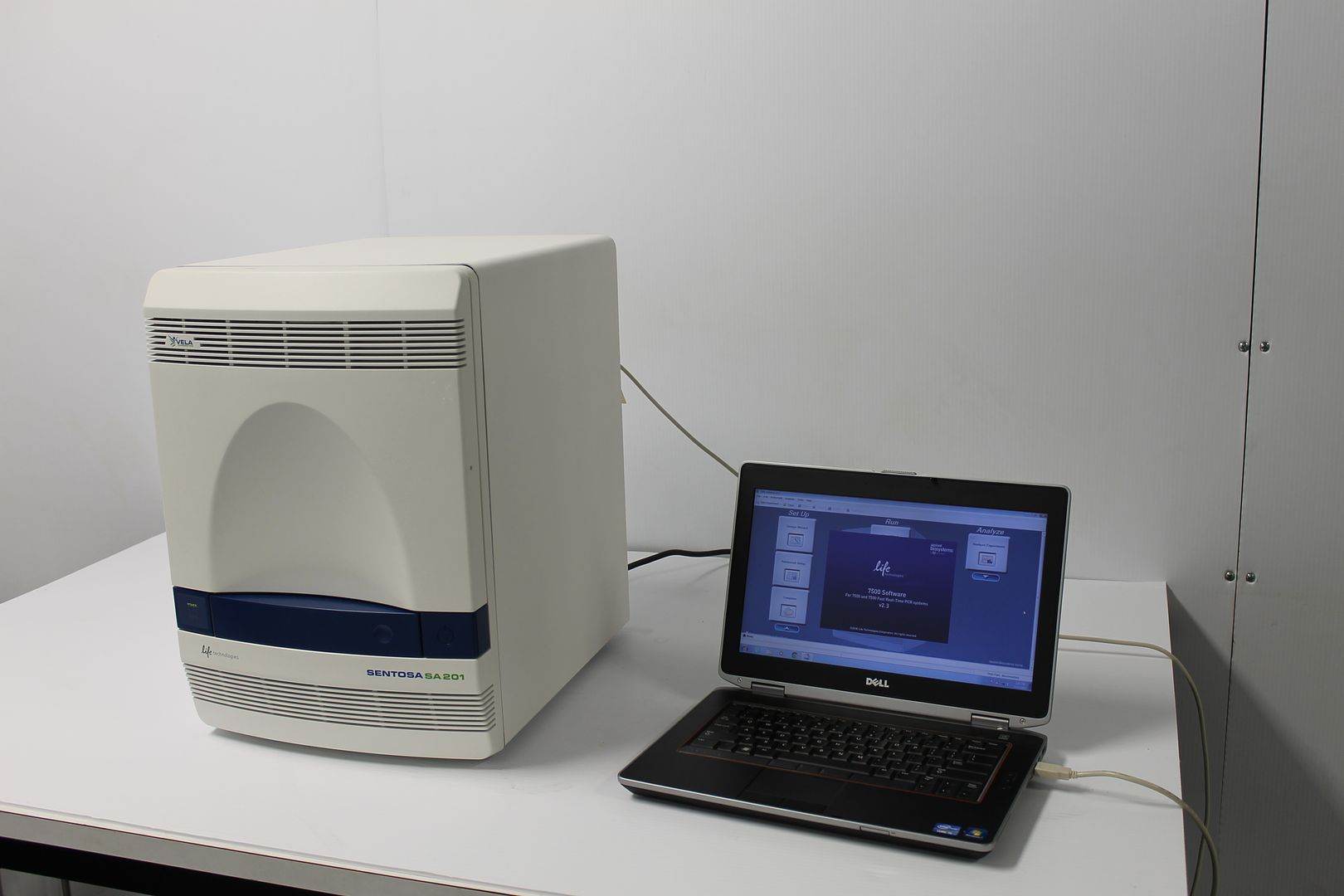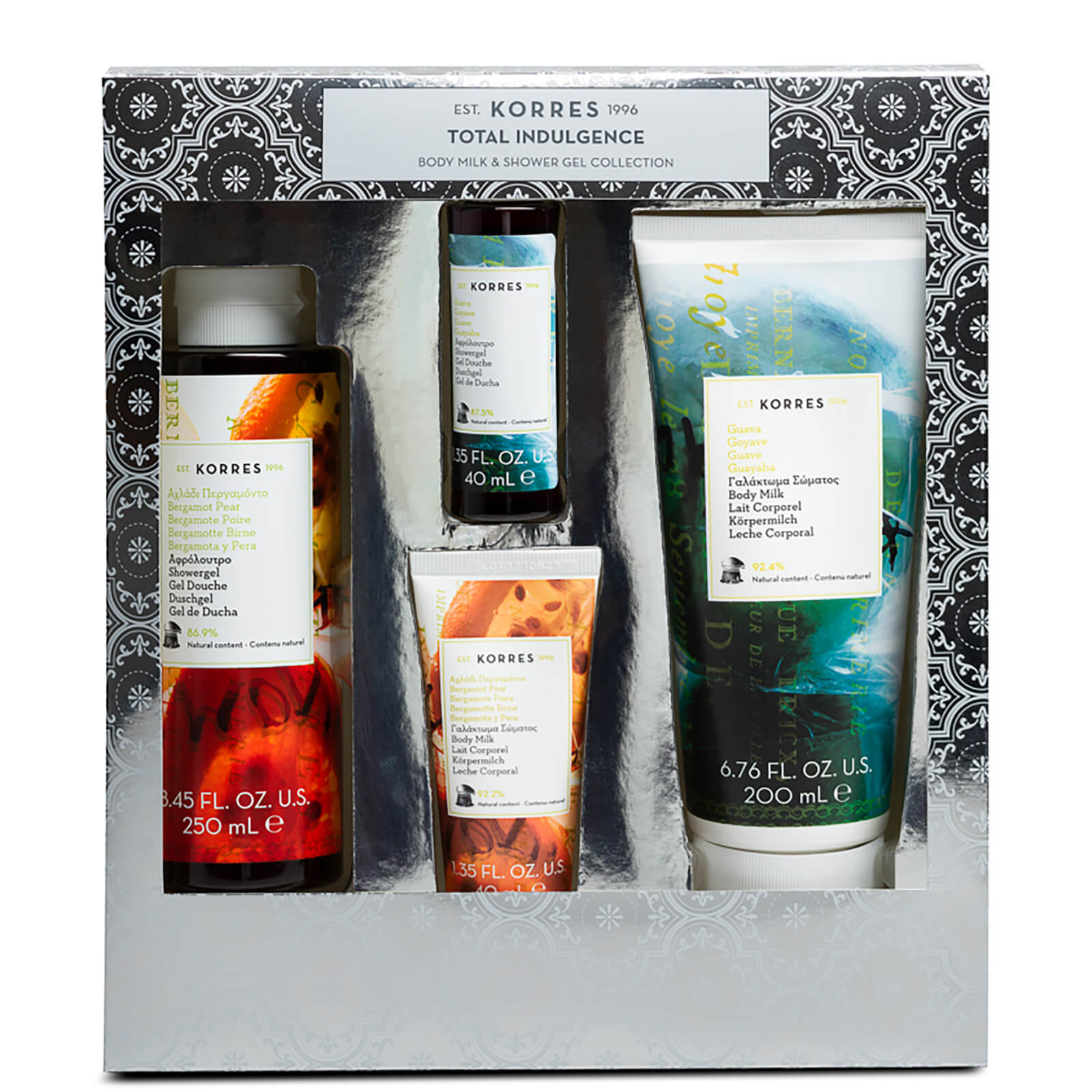A simple, multiplex assay for simultaneous analysis of transfection efficiency, cell count and cell viability
The system was easily implemented with existing network technology and is accessible to users through standard desktop computing equipment. The configuration of the system was performed by trained in-house staff who, through an iterative process, developed custom workflow solutions for data capture, archiving and reporting.
A simple, multiplex assay for simultaneous analysis of transfection efficiency, cell count and cell viability
The Guava® PCA™, PCA-96 and PCA-96 AFP Systems Support for Compliance with 21 CFR Part 11 - Free download as PDF File (.pdf), Text File (.txt) or read online for free. 21 CFR Part 11,Electronic Records and Electronic Signatures,is the FDA regulation directing the management ofelectronic records and electronic signatures in open and closed systems.The regulation specifies the criteria under. The Guava EasyCyte Flow Cytometer has been checked out and was calibrate to factory spec. This flow cytometer comes with a brand new flow cell, and current validations so you can be assured of its clean bill of health. All of our lab equipment comes backed with our standard warranty.
Transfection of DNA into foreign hosts is a common laboratory procedure used to analyse the function of gene products in the context of living cells. Most transfection procedures involve formation of DNA-lipid complexes, followed by fusion with cells and introduction of DNA into the nucleus. While fairly routine, this process still requires optimisation of assay conditions for different cell types, and monitoring of the efficiency of DNA introduction.
There are a variety of methods now available to monitor transfection efficiency in cell populations, most of which follow the expression of a fluorescent, luminescent or colourimetric gene product. The method presented here uses one such reporter gene, Green Fluorescent Protein (GFP), which provides the added benefit of reporting transfection in living cells without the need for fixation, or the addition of indicator dyes or reagents. Furthermore, it is possible to multiplex additional indicators with GFP to report on apoptosis, cytotoxicity, or even a second auto-fluorescent protein.
Analysis of GFP expression requires instrumentation capable of fluorescence excitation and emission detection, and is commonly performed using methods such as manual microscopy analysis, fluorescence plate reader detection, or traditional flow cytometry. Each method has its associated features and benefits for development and optimisation of transfection assays, but the Guava platform provides a powerful alternative that uses a small volume of cells and provides comparable data quality to more complex, time-consuming, and expensive approaches. For example, unlike plate readers, the Guava system provides information on individual cells and, compared to microscopy, the Guava system does not require manual counting methods, which become complicated and tedious when dealing with multiple fluorophores. Overall, the Guava platform provides an ideal solution for evaluating multiple transfection conditions in a microplate format, and delivers the added flexibility to monitor aspects of the transfection beyond the efficiency of gene transfer, such as cell viability or induction of apoptosis.
Results
The Guava platform provides a simple and robust system for single-cell analysis that integrates a microcapillary sampling system with intuitive software that displays and interprets multi-parameter data. In the data shown in Figure 1, the user is able to easily distinguish live, dead and transfected cells based upon a colour-coded data display, and the numerical data is summarised both onscreen and in a spreadsheet format for offline analysis. The data shown were generated using the Guava PCA-96 AFP system, which provides both a blue (488nm) laser excitation optimised for GFP analysis, and the added benefit of microplate compatibility for increased assay throughput and walk-away automation. Furthermore, the quality of the data generated by the Guava platform for transfection efficiency is claimed to be equivalent to that generated using traditional flow cytometry equipment.
 The system design is ideal for assay development to determine the optimal combination of cell concentration, DNA amount, and volume of transfection agent that will yield the best transfection efficiency, expression level, and lowest possible toxicity. The data shown in Figure 3 represents a broad matrix of transfection conditions in an attempt to identify the ideal combination for Jurkat cells, which are traditionally difficult to transfect.
The system design is ideal for assay development to determine the optimal combination of cell concentration, DNA amount, and volume of transfection agent that will yield the best transfection efficiency, expression level, and lowest possible toxicity. The data shown in Figure 3 represents a broad matrix of transfection conditions in an attempt to identify the ideal combination for Jurkat cells, which are traditionally difficult to transfect.Figure 3. Multiplex transfection analysis using a 96-well microplate.
Using a 96-well plate and GFP as the indicator, it was possible to set-up a series of assays on one microplate and analyse the cells over multiple days. Furthermore, the Guava system provides the range of multi-parameter assay outputs to provide the quality information needed to make better decisions (Table 2). In this specific example, cell health was determined by monitoring the cell concentration on subsequent days rather than using propidium iodide, but the assay could just as easily be run with a specific indicator of viability included, taking full advantage of the platform flexibility.
Table 2. Guava Assay Output(s)
Assay Output Utility
Cell Concentration Percent Positive, GFP Measurement of transfection efficiency
Mean Intensity, GFP Positive Cells Indicator of expression level
Percent Positive, PI Measurement of cytotoxicity
Percent Positive, PI
Guava Pca-96 System User's Manual 2017
The Guava platform provides high accuracy and sensitivity for determination of transfection efficiency, with the added benefits of microplate compatibility, minimal training and maintenance, and the ability to multiplex assays for assessment of important features such as cell viability or continued cell proliferation. In addition, users are able to increase productivity in the lab by saving time and allowing the instrument to operate unattended, while also reducing costs through reduced reagent and cell usage.
Data kindly provided by Dr. Linda Jacobsen, Roche Applied Science, Indianapolis, IN, USA
enquiry number 05101
| Company Additionally Releases 96-Well Versions of Its MultiCaspase, TUNEL and Cell Cycle Assays |
Screening individual cells for green fluorescent proteins is now easier and quicker than ever for drug discovery researchers with the new Guava PCA-96 AFP (Auto-Fluorescing Protein) system, announced Guava Technologies, Inc. The compact Guava PCA-96 AFP allows researchers to determine the relative levels of fluorescing proteins produced by individual cells in a culture and to screen 96 such cultures in a single instrument run. The new Guava PCA-96 AFP system is the only blue-laser, micro-volume cell analysis system capable of screening single cells for GFP expression in an automated 96-well plate format at the research benchtop.
Guava Technologies is introducing the Guava PCA-96 AFP system to the scientific community this week at the 'Drug Discovery Technology' meeting and exhibition held August 10-15 in Boston, Mass.

Guava additionally announced that its popular Guava PCA assays MultiCaspase, TUNEL, and Cell Cycle are now available in the 96-well microplate format for use with the Guava PCA-96 system. Each of these new 96-well plate tests, as well as Guava's previously available ViaCount, Express and Nexin microplate assays, allows users to grow, treat, stain, incubate and acquire non-adherent (and some adherent) cells directly from the same microplate. The result is greatly streamlined sample preparation and minimized cell handling.
Guava Pca-96 System User's Manual 2016
'These new 96-well format products reflect Guava's ongoing commitment to providing life science researchers and biopharmaceutical manufacturers with easy-to-use, benchtop, single-cell analysis capabilities that significantly accelerate the pace of their efforts in both the lab and the cell-processing facility,' said Kim Mulcahy, director of product marketing.
GFP Screening at the Benchtop
Naturally fluorescing proteins provide cell biologists with the means to track the expression, production and movement of proteins within living cells. While GFP is the most commonly used fluorescent variant, proteins that fluoresce in the yellow, red and blue range are also in use. The most commonly used variant of GFP for drug discovery and other mammalian cell research is most efficiently excited by light from a blue laser. Blue lasers are key components of flow cytometers, complex instruments that researchers can use for GFP expression studies to quantify the amount of a target protein expressed within a cell, on the cell surface, or within the supernatant from a cell culture. However, use of flow cytometry in drug discovery research has been constrained due to the high instrument cost, difficulty of use, and the difficulty of scheduling experiment time on cytometers, which are maintained by specialized technicians in core facilities outside of most laboratories. Moreover, current 96-well microplate attachments for flow cytometers have been plagued by problems of significant sample carryover from well to well that greatly skew the accuracy and reliability of test results. Fluorescent plate readers can detect GFP in microplates and can easily fit on benchtops but can only provide data on whole populations of cells rather than individual cells, thus limiting assay sensitivity.
'The Guava PCA-96 AFP's fluorescence sensitivity, ease of use, and ability to analyze only microliter volumes (without sample carryover) makes the new Guava quite versatile as a research instrument and a terrific addition to the Guava product line,' said Dr. Lewis Lanier, professor of microbiology and immunology at the University of California, San Francisco. 'The Guava PCA-96 AFP system is really useful for analyzing transformed cells that express GFP and detecting cells stained with both FITC-conjugated and PE-conjugated antibodies.'
Like other Guava PCA systems, the Guava PCA-96 AFP is compact, affordable and easy to use, requiring only microvolumes of cells and reagents and less than a day's training.
Cellular High Throughput Screening with Guava PCA-96 Highlighted
The power of Guava's previously introduced Guava PCA-96 system for the rapid and objective analysis of single cells in the 96-well plate format was highlighted at the Drug Discovery Technology meeting in a poster abstract and a presentation by Guava Technologies' scientists. Guava offers a growing variety of biological applications for use with the Guava PCA-96 system. These include Guava's leading ViaCount assay for cell counting and viability studies; Express for protein and antigen expression; Nexin for early apoptosis detection; and new PCA-96 format assays MultiCaspase and TUNEL, for mid- and late stage apoptosis, and a Cell Cycle assay.
Guava Technologies scientists presented research demonstrating the use of the Guava PCA-96 to rapidly, precisely and objectively perform single cell analysis using a variety of applications. The researchers measured not only cell concentration and overall viability, but were able to achieve a comprehensive picture of cell growth, death and response to a variety of compounds, including cell cycle inhibitors and apoptosis-inducing agents.

'The Guava PCA-96 is useful not only in drug discovery and development, but also in downstream areas of the drug development process, such as pilot production and manufacturing where batch preparations of drug compounds must be tested for potency and stability,' said Dianne Fishwild, Ph.D., Guava Technologies director, applications development. 'Moreover, researchers can quickly and effectively obtain meaningful results using the Guava PCA-96 system with only small volumes of precious reagents and small numbers of cells. As a result, potential cytotoxic and cytostatic drugs can be quickly and effectively evaluated in cell-based assays, right at the laboratory benchtop.'
About Guava Technologies
Based in Hayward, Calif., Guava Technologies is a biotechnology company that develops, manufactures and markets patented, integrated cellular analysis systems for the life science researcher's benchtop. The company is revolutionizing the way that cell culture monitoring and cell screening assays are performed, by providing highly miniaturized microliter scale systems that make common assays in cell-based analysis accessible at the benchtop. Guava's products have broad applications to life sciences research, drug discovery and biopharmaceutical production today, but also offer potential for use in clinical testing and blood processing, as well as other areas where single cell analysis is important. More information about the company and its products is available at www.guavatechnologies.com.
Guava, Guava Technologies and ViaCount are registered trademarks of Guava Technologies, Inc. PCA, Nexin, and MultiCaspase are trademarks of Guava Technologies, Inc.